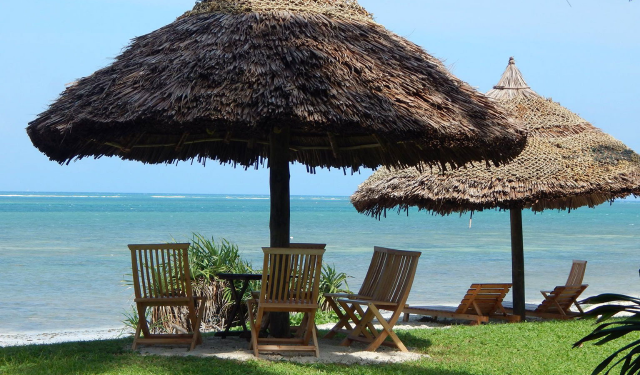The Monsoon Restaurant located in the Mtwapa Heritage Site in Kenya – A best practice for coastal communities comes from Kenya, demonstrating that synergies make the difference, especially when the beauty of a territory, its cultural heritage, its products of the sea and the land, and its culinary arts are combined.
A restaurant can animate an area, represent a landmark, offer a dynamic service, and help to keep even a thousand-year-old archaeological site alive.
The history of Mtwapa Heritage Site as a settlement dates back to the 12th century AD. Archaeological evidence from the site indicates that the site developed prior to contact with the Middle and Far East. Its ancient structures can be characterized as general coastal Swahili architecture – an original, creative synthesis of opportunities of the African climate and the resources and methods developed in overseas homelands.
The Monsoon Restaurant is located in the Mtwapa Heritage Site and on a beautiful coral reef beach on Kenya’s North Coast, but the restaurant’s real attraction is the people who created and manage this corner of paradise.
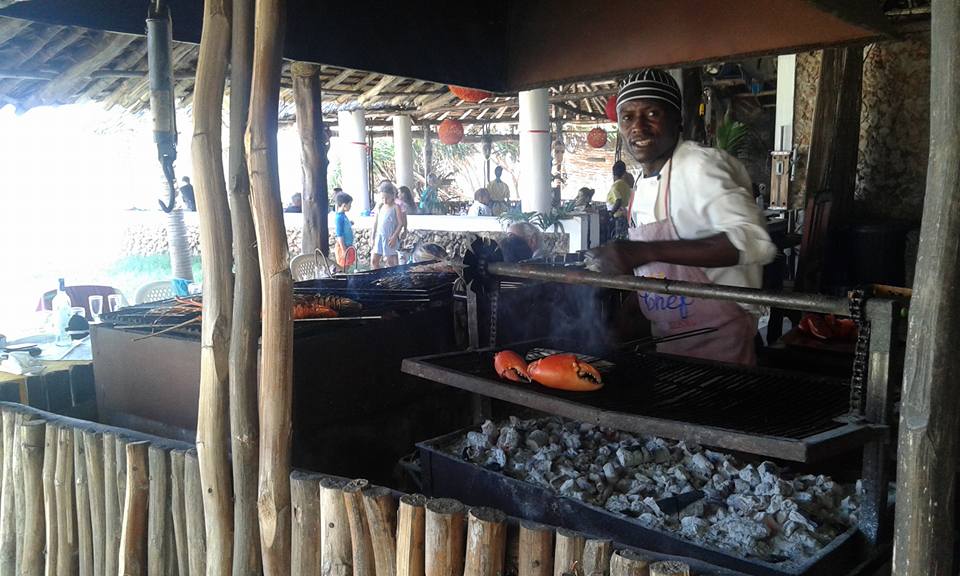
It is a story of cross-cultural intermixing, and stories full of surprises and values.
Attilio Lenzi from Italy, after a life spent in various international contexts, met Aziza Soud, born in the beautiful North Coast of Kenya, and after a few years they decided to create an exciting business in the place that they loved.
Attilio dedicated himself with passion to building a structure well integrated with the environment and the local cultural heritage, and Aziza took a cookery course in Italy: this is how the Monsoon Restaurant started.
People go to a restaurant to eat. Wrong! People go into a restaurant because they need to experience conviviality.
Eclectic, unique, friendly, and extroverted, Attilio is dedicated to public relations: customers need to experience a day that is joyful and interesting at the same time.
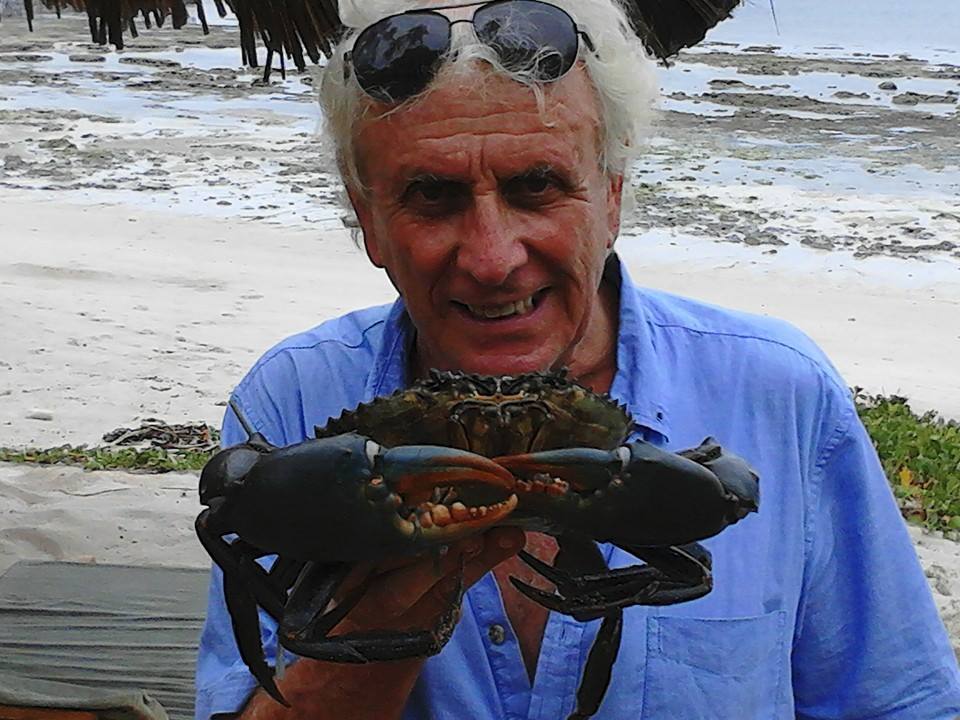
Aziza rigorously expresses her culinary art and transfers it to her staff, just as a mother transfers good practices to her children and makes her family proud; she needs precise attention, as well as rigor and passion in what she does, all the while valuing her roots and her territory.
Because those dishes without a story, without atmosphere, without a gesture, would have been incomplete, soulless.
Aziza, like all great women, represents her country proudly; she uses her dedication as an example for the locals and for her foreign guests. To give a good example, just as Sonia Jabareth transmits to the world the profound musical essence of Gambia, Aziza, through her culinary art, spreads the magic of flavors born from the perfect union between different territories, Kenya and Italy, as well as local ingredients of exceptional quality.
Around a table, people open up and liberate themselves, talk, and rediscover unity in front of the natural act of eating and savoring unique food – try to imagine Italian cuisine in a beautiful corner of Kenya, where the millennial history is vibrant.
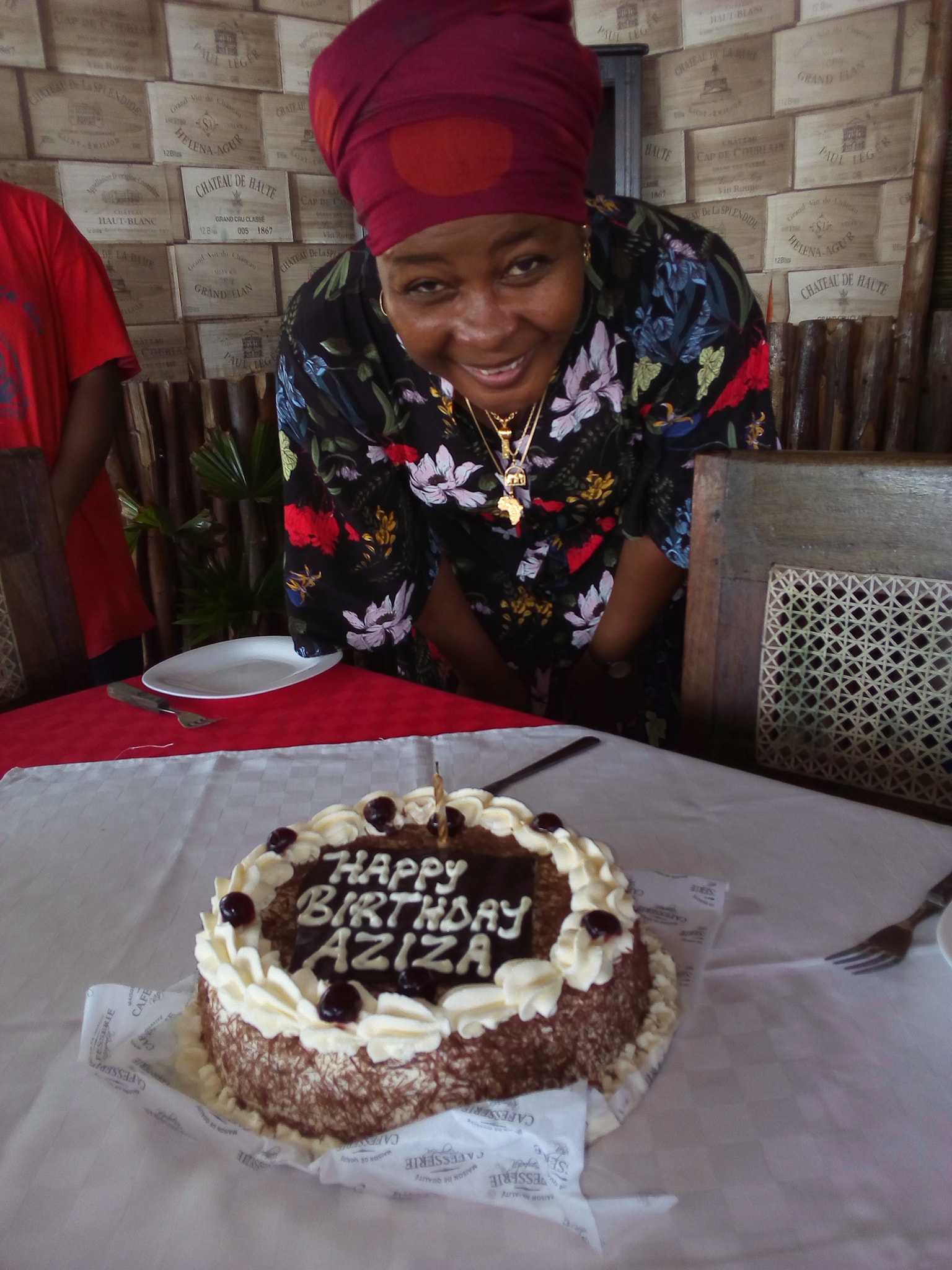
Blue Economy stories like this one represent a perfect example of the valorisation of coastal and cultural heritage, of the products of local fisheries and agriculture, of integration and exchange of knowledge, of tourism, and above all, of people looking to the future and strengthening the territory.
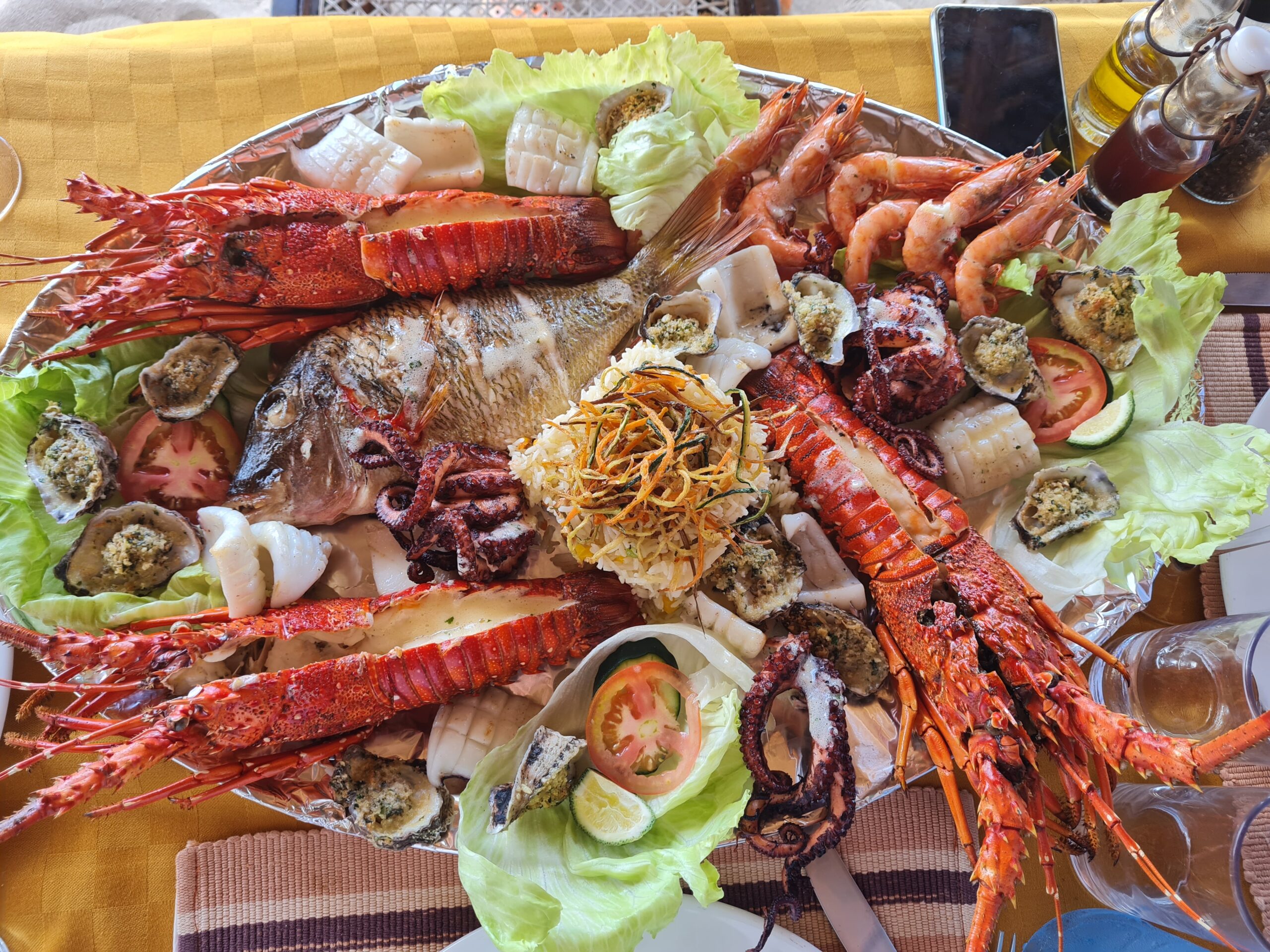
Economic activity in balance with its cultural and environmental heritage certainly enhances the territory; it is in balance through sustainable sharing.
The Monsoon Restaurant located in the Mtwapa Heritage Site in Kenya

